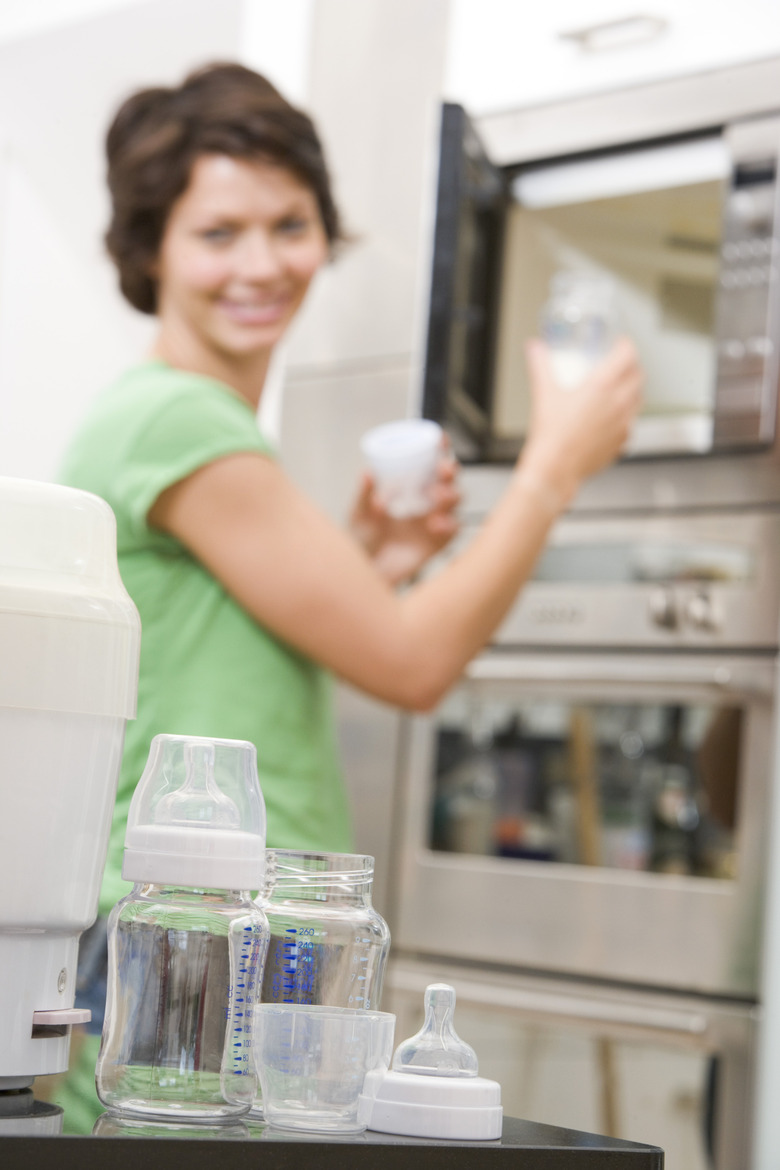Problems With Moisture On An Over The Stove Microwave Oven
Microwaves situated above a range are more susceptible to being exposed to excess moisture. This moisture is generally not a problem, but it can pose a few issues for the safety and efficiency of the appliance and the user.
Condensation in the Microwave
Condensation in the Microwave
Condensation can form inside a microwave oven when you heat food that has a high moisture content. This condensation is normal, and can even make a puddle inside your microwave if you cook the food for a long time. This is normal, but the water can become hot and can cause burns. Let the water cool before wiping it up with cloths or paper towels.
Condensation Outside the Microwave
Condensation Outside the Microwave
Condensation can also coat the outside of the microwave. It develops when you boil water or heat food with a high moisture content on the stove top below the microwave. This is normal, but it can pose a problem if the water gets in between the layers of glass on the microwave door. Remedy this issue by leaving the microwave door open for several minutes until the water evaporates completely.
Avoid Condensation
Avoid Condensation
Avoid condensation in the first place by covering pots and pans when boiling water or when cooking vegetables or other types of food that have a lot of water in them. This is especially useful for microwaves because the condensation can run down the microwave walls and cause water marks or food stains on the microwave walls.
Blocked Vents
Blocked Vents
Every microwave has vent fans that push moisture outside of the microwave. These are generally located on the sides or bottom of the microwave. If they vents are blocked by another appliance, wall or dirt, they will prevent the microwave from being able to expel its moisture.
